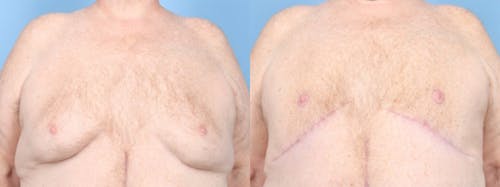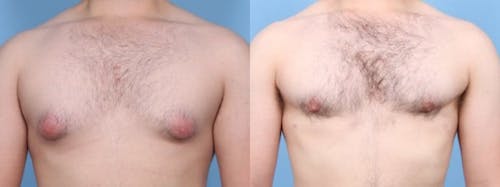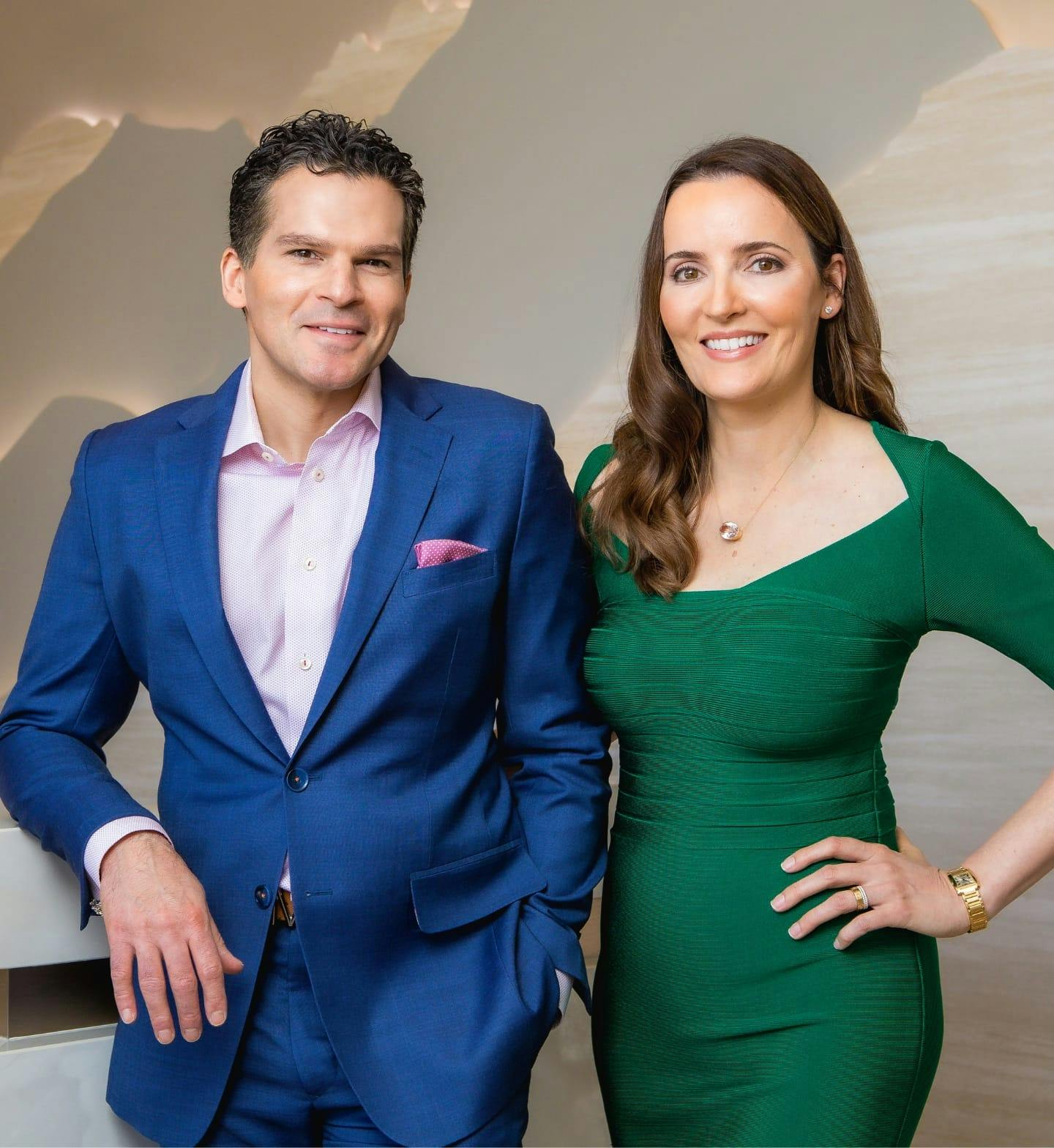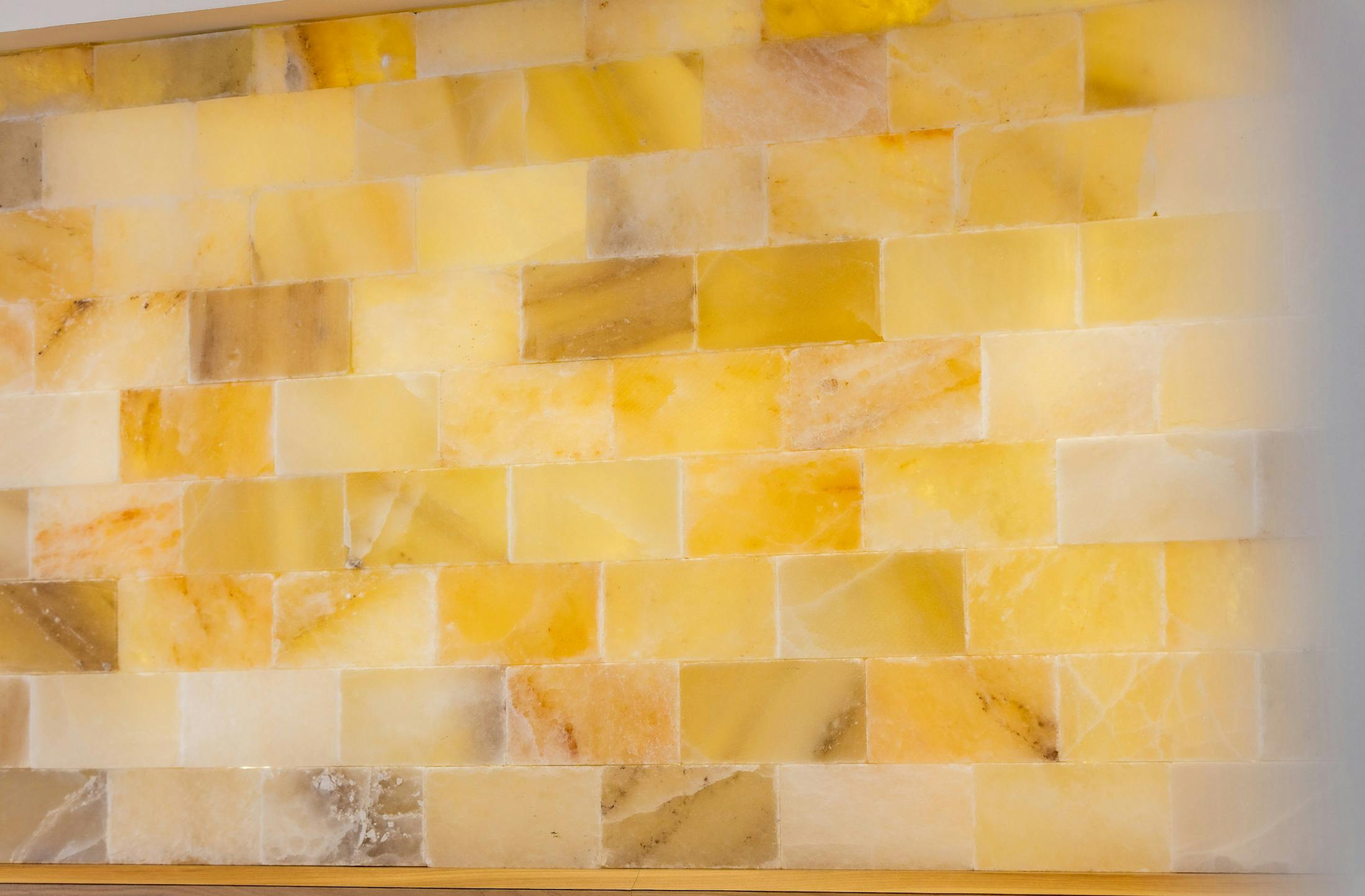Rediscover confidence with personalized gynecomastia treatment that reduces excess chest tissue for a leaner, more sculpted look. Whether due to hormonal shifts, lifestyle changes, or genetics, our customized approach helps men achieve a more defined chest contour.
About Gynecomastia
Gynecomastia is a condition in men and boys where breast tissue swells, often due to an imbalance in hormones. It can also arise from fat deposits in the breasts, known as pseudogynecomastia. This condition may develop during puberty, with aging, or in response to specific health factors. Typically, a male body produces testosterone, which guides development during puberty, while also producing some estrogen, the hormone responsible for female characteristics. Breast tissue can swell when testosterone decreases or estrogen levels increase, causing gynecomastia.
In addition to natural hormone fluctuations, gynecomastia may be caused by the following:
- Obesity
- Thyroid disorders
- Injury or diseases affecting the testicles
- Substance use
- Certain medications, such as anti-androgens or anti-anxiety drugs
- Liver conditions
- Some cancers









